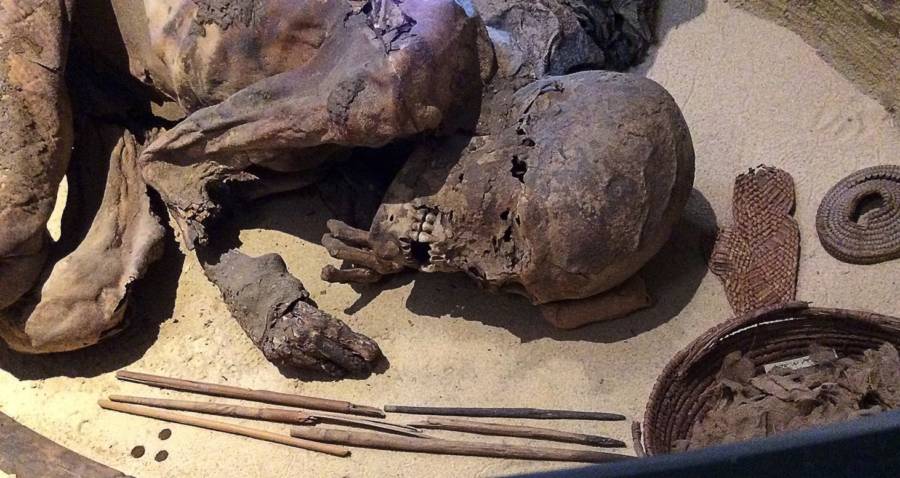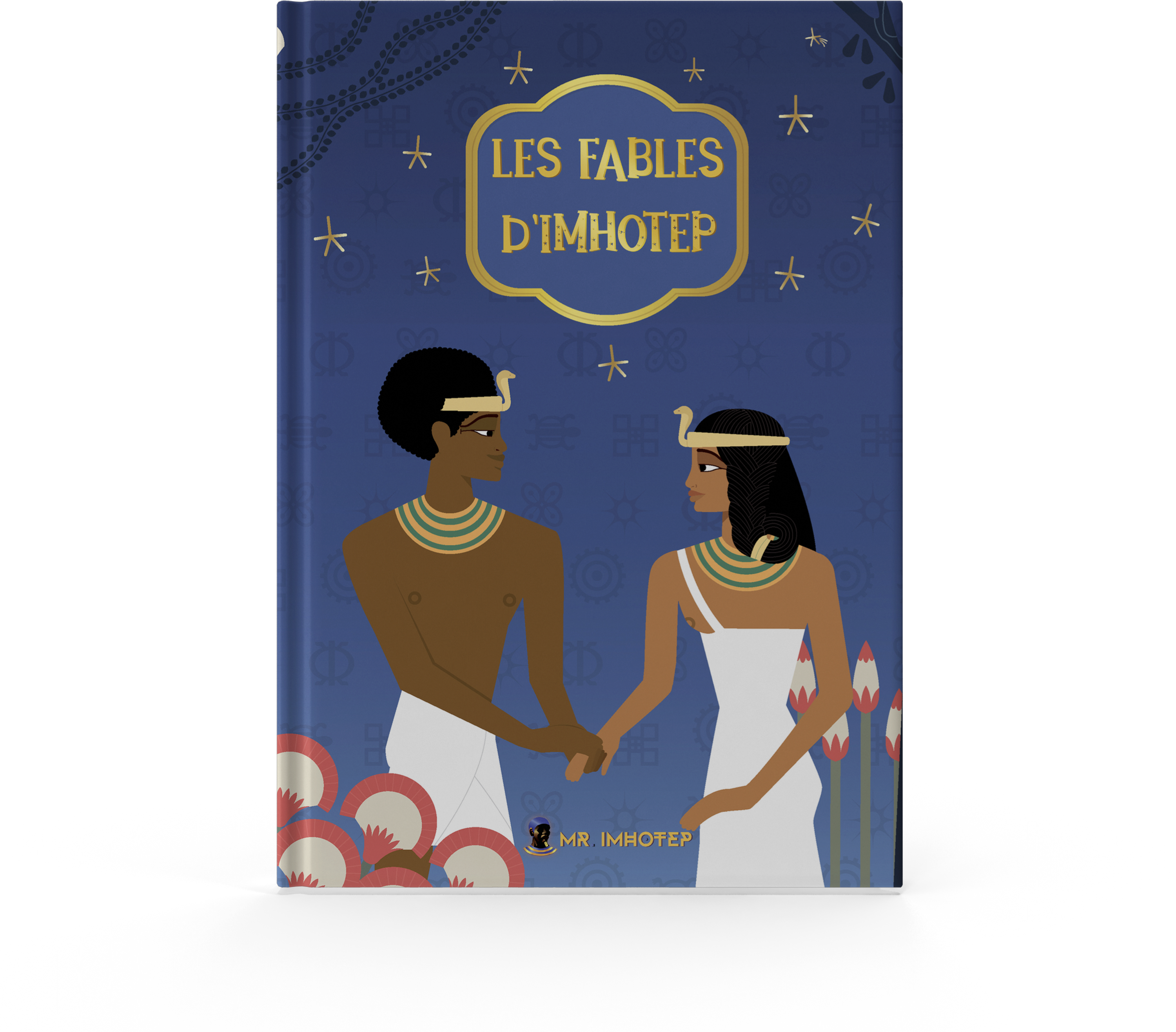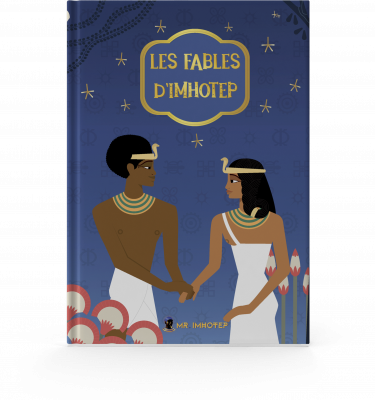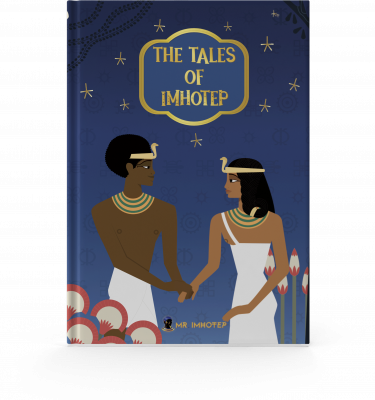Among the practices considered as central and iconic pillars of the culture of Kemet, there is mummification. Every single time that we hear the word mummy, we think about Kemet. All the movies with mummy in their name are always talking about that ancient African civilization. But contrary to the popular belief, the concept of mummification in Africa was not invented by the Kemites but by the other Africans who lived inside the continent. But saying that, is not completely true. Because it implies that the Kemites were not related to the other Africans. According to the latest studies, the practice was born in the Sahara around 5600 BC.
The mummy of a child that has been discovered in Uan Muhuggiag, an archaeological site in Libya. Scholars called him the black mummy, because of the results of the analysis of his skull. Dr. Giorgio Manzi of the University of Rome who analyzed it discovered that it was a black child similar to the people who live in the south of the Sahara today. So, black Africans invented mummification in Africa, which should not really surprise us. Especially when we know that the people who later founded Kemet, came from the interior of Africa and settled around the Nile valley.
https://www.youtube.com/watch?v=gB5doUporug&t=41s
In other words, it started at least 2000 years before the emergence of the unified state of Kemet. But according to a new study, the Kemites were mummifying their dead long before we thought they had started the practice, and long before the Pharaonic period. The tests conducted on an intact prehistoric mummy show that the practice was taking place up to 5,600 years ago – around 1,500 years earlier than previously accepted. In other words around 3500 BC. This study has been done on one of the oldest intact mummies in the world. Mummy S. 293 (RCGE 16550) which is today preserved in the Egyptian Museum in Turin, Italy. The study is published in the Journal of Archaeological Science.
That mummy was a perfect pick because it had not undergone any additional preservation methods, which meant that he would be the perfect subject for investigation in terms of how he was preserved the first time around. Everybody originally thought that the mummy preservation was due to the natural conditions of the Nile valley. The extreme desert heat is perfect to preserve bodies. However, after the actual examination of the body, scholars discovered that the mummy has actually been embalmed by humans, but he had been preserved using a recipe similar to the ones used 2,500 years later on pharaohs and noblemen during Kemet’s dynastic period, according to Live Science. According to National Geographic, the balm was made of a plant oil base that was combined with plant gum or sugars, heated confider resin, and aromatic plant extracts. The components were extremely similar to the ones used thousands of years later, suggesting that the Kemites embalming practices had clearly been established far earlier than previously thought. However, there is one factor that differentiates that mummy from those of the dynastic period. It is his position. The dynastic period’s mummies are usually positioned on their back with their arms along the body of crossed on the chest for the members of royalty. And another factor that the embalmers removed the organs. The Turin mummy was discovered in the fetal position with all of his organs still inside his body. Nevertheless, the balm used to embalm the bodies was remarkably similar to the ones used much later.
Even though this is groundbreaking information, it still does not change the fact that the process itself was created by the black Africans of the interior of the continent, while they lived in the Sahara.









